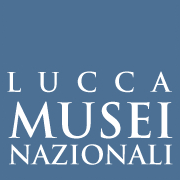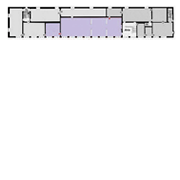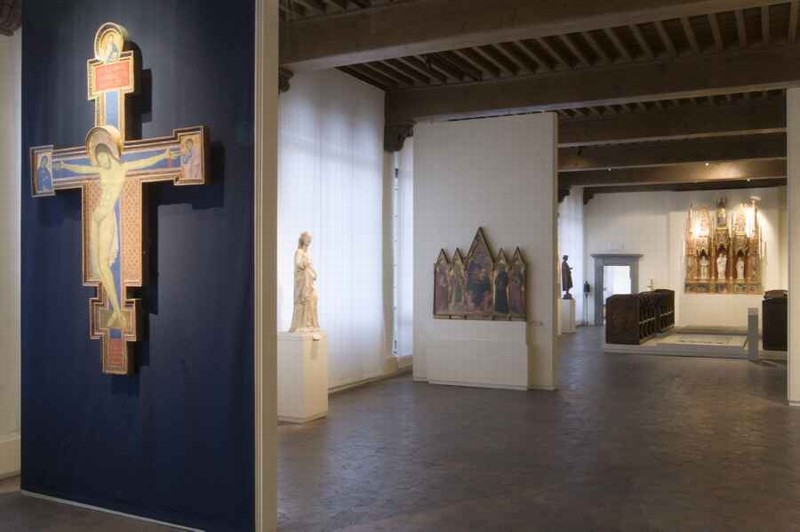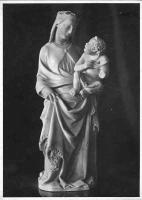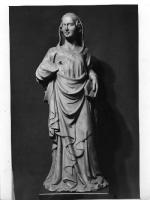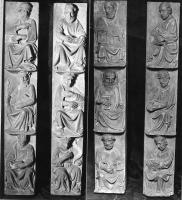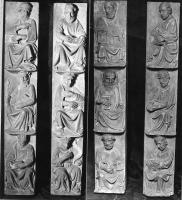The large central hall, whose staging remember the central nave of a romanesque church, houses frescoes, rich gold background paintings and sculptures by local or foreign artists who worked in the city of Lucca. Among them of great importance are the refined marbled figures carved by Giroldo from Como, originally in the church of Saint Frediano. The Virgin and Child by Tino from Camaino. The wooden statue of St. Anthony by Francesco di Valdambrino. The crucified suffering Christ painted by Deodato Orlandi (1288). The two precious triptychs by Spinello Aretino and Angelo Puccinelli, one facing each other. At the centre of the exhibition, stand as an altar the gothic polypthyc designed by the Sienese artist Priamo della Quercia, that manages to combine harmoniously architecture, painting and sculpture. Highlight of this large room is the wooden statue of the Sienese artist Jacopo della Quercia representing a young Saint Ansano. The 'transition' from Gothic to Renaissance is resolved in the next room with some works that reflect the close relationship of the city of Lucca with the ones of the Florentine artistic area. Highlights of this room are the two terracottas attributed to Donatello depicting the Madonna with the Child originally from aedicules located in the medieval urban streets.
NR (recupero pregresso)
